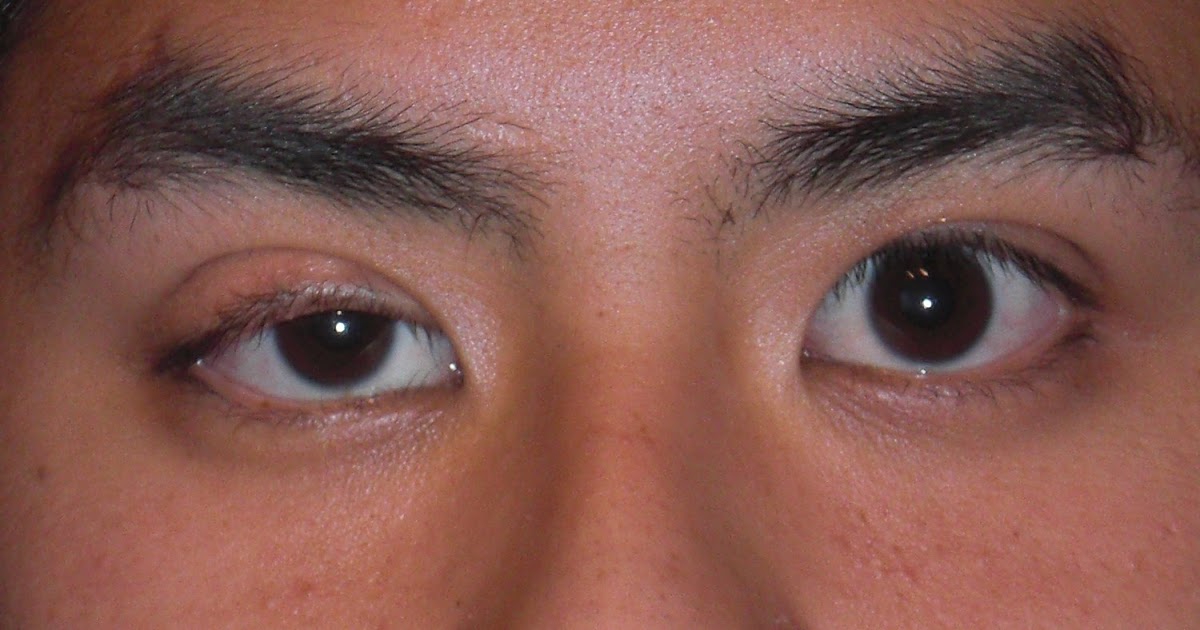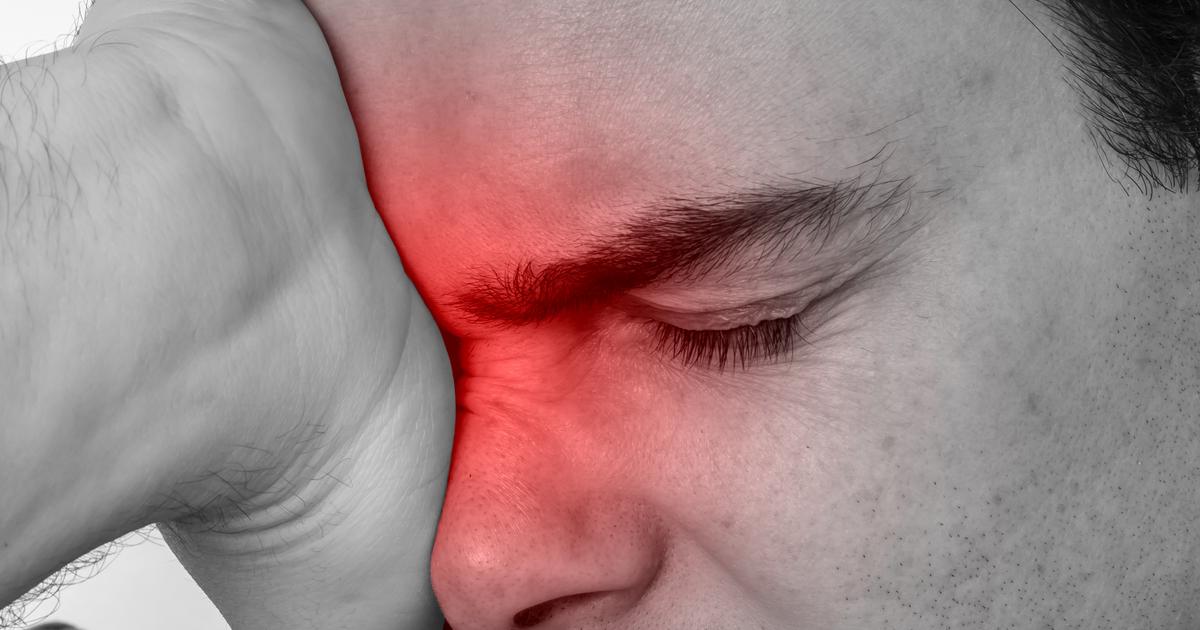Guide To Aneurysm Symptoms
An aneurysm occurs when an artery in the body becomes weak, creating an abnormal bulge and increase in artery size. Aneurysms can occur in many major arteries of the body, including in the brain and abdomen. Aneurysms can be detected with ultrasound and other imaging studies, and in fact, most are discovered incidentally during scans for other conditions. If an aneurysm is found, it is typically monitored with regular imaging studies to check for an increase in size. Depending on the aneurysm's location and size, doctors may recommend surgery to repair it. Aneurysms can leak or rupture, and this is considered a medical emergency that may be fatal. However, studies suggest up to eighty percent of all aneurysms will not rupture during a patient's lifetime.
The symptoms of a brain aneurysm can appear rapidly and be quite frightening. Since neurological symptoms may indicate many conditions, it is vital for patients experiencing any of the possible signs of a brain aneurysm outlined below seek immediate medical evaluation.
Sudden And Severe Headache

A sudden and severe headache is one of the classic symptoms associated with a brain aneurysm. It may indicate an aneurysm is leaking or has ruptured, and patients with this symptom should go to the emergency room or call an ambulance. Generally, aneurysm patients have described their sudden and severe headache as being the worst headache of their lives and more painful than any other type of headache they may have had. Patients who have brain aneurysms that have not ruptured may also experience headaches, and these range from mild to severe. In particular, patients may feel mild to severe pain above or behind their eyes. Sometimes, a sudden and severe headache may be accompanied by a drooping eyelid and stiffness in the neck.
Light Sensitivity

Sensitivity to light is another symptom that suggests a ruptured aneurysm. Patients experiencing this symptom may be so sensitive to light that they cannot tolerate doctors shining a light in their eyes, and they may feel the need to wear sunglasses or an eye mask indoors. For these patients, going outdoors into the sunlight will be painful. Sometimes, light sensitivity may be accompanied by nausea, vomiting, and confusion or another change in mental state. Patients may also have trouble speaking. Patients or their family members should mention sensitivity to light to paramedics or hospital staff. In general, light sensitivity will get worse with a brain aneurysm, and there is no treatment for this particular symptom.
Double Or Blurred Vision

Double or blurred vision can occur with both ruptured brain aneurysms and with aneurysms that have not ruptured. Objects and people may look unclear, and patients may see two or more objects when there is only one present. Double or blurry vision is often accompanied by other visual changes, including visual deficits. Patients may have empty areas of their visual field. For example, they may see a black or white area in the middle of a person's face instead of seeing their eyes or nose. Sometimes, individuals with these visual changes may only be able to see light and shadows, not objects. Double or blurry vision can be a symptom of numerous neurological and eye conditions, and some of these are less serious than others.
To distinguish between serious, potentially life-threatening conditions like brain aneurysms and other less harmful ones, patients experiencing visual changes should report all other symptoms to their physicians as well. Patients who know they have a brain aneurysm should always report vision issues to an eye doctor or another healthcare provider. In patients with aneurysms, double or blurred vision generally gets worse throughout the day and does not improve with glasses or contacts. Patients may notice their blurry vision is also accompanied by eye pain. This pain typically feels as though it is coming from just above or behind the eyes, and can occur in one or both eyes.
Loss Of Consciousness

Loss of consciousness, which may signal a ruptured aneurysm, is indicative of a medical emergency, and family members or bystanders should call for an ambulance immediately. Before the loss of consciousness, patients may mention feeling a sudden, severe headache, and this may be the only symptom they have before losing consciousness. If a person loses consciousness, observers should stay with them at all times until an ambulance arrives. While waiting for the ambulance, the patient should be checked to see if they have a pulse and are breathing. If there are not breathing or don't have a pulse, a bystander should begin CPR and continue it until the paramedics arrive. If the patient regains consciousness, they may be confused or agitated upon waking.
Seizure

Seizures are sudden and abnormal bursts of electrical activity within the brain. These can occur in patients with brain aneurysms, epilepsy, and other neurological conditions. Patients with intact brain aneurysms (not ruptured) may occasionally experience seizures, though they are often a sign the aneurysm has ruptured. For this reason, any patient who experiences a seizure should see a neurologist, and patients with a known aneurysm who experience a seizure should go to an emergency room immediately. For many patients, seizures can be successfully controlled with medication. Patients may need to take a combination of two or three different medications to reduce the number of convulsions they have. Potential side effects from these medications include sedation and lethargy, changes in sleep cycles, hyperactivity, dizziness, headache, diarrhea, fluid retention, nausea, vomiting, and weight gain or loss. Patients who experience seizures as a result of a brain aneurysm may need to be monitored by their healthcare team more frequently.
Drooping Eyelid

A drooping eyelid can be a sign of both a ruptured and an unruptured brain aneurysm. With an unruptured brain aneurysm, there aren't usually symptoms. However, there are rare cases where an unruptured aneurysm can press on certain nerves found in the brain, which leads to symptoms. A drooping eyelid is just one of the warning signs of an unruptured aneurysm, along with the previously mentioned doubled or blurred vision, as well as a dilated pupil and pain behind and above one eye. A drooping eyelid and dilated pupil can also occur with a ruptured aneurysm. Patients who experience more than one symptom of an aneurysm, whether it has ruptured or not, should seek medical attention as soon as possible to avoid devastating consequences. Those who see these symptoms in others should encourage them to seek medical attention, or call emergency services themselves if necessary.
Nausea And Vomiting

Nausea and vomiting can occur when an aneurysm ruptures. These symptoms are often accompanied by other symptoms like neurological issues and severe headaches. When vomiting and nausea occur alone, an individual may not realize they're related to a serious condition like an aneurysm. Vomiting can be caused by a number of conditions, many of which are not serious and can be fought off by the body within a few days. Though nausea is often related to the digestive system, it can also be a sign of neurological problems or issues with other parts of the body. Some types of cancer can cause nausea, as can appendicitis, a condition that occurs when the appendix becomes inflamed.
Stiff Neck

A stiff neck can be a sign of an aneurysm. Stiff necks are generally characterized by trouble with moving the neck and soreness in the neck. This may become worse when an individual tries to turn their head from side to side. Many are familiar with neck stiffness, as it's often caused by non-emergency conditions like a pulled muscle. However, if the neck stiffness comes on without any apparent prompting, or it's accompanied by other neurological symptoms, it's important to seek medical treatment right away. Stiffness in the neck can indicate an aneurysm or other problems in the brain. When a stiff neck isn't related to neurological issues, it can be caused by sleeping in an awkward position, sudden impacts that jar the neck, turning the head repeatedly during activities like swimming, slouching for long periods, experiencing stress that leads to tension, or holding one's neck in abnormal positions for a long time.
Pain Around One Eye

One symptom that may occur during an aneurysm is pain around one eye. The pain may be above or behind the eye and might radiate outward. While pain behind both eyes is often caused by sinus infections and migraine headaches, migraines can also lead to pain behind just one eye. With migraines, the pain is usually accompanied by other pain on the same side of the head. While migraine headaches typically aren't situations that require emergency medical treatment, individuals should seek treatment if they are experiencing unusual or severe pain without a prior history of migraines. Even if they have a history of headaches, patients should seek emergency medical treatment if their pain is accompanied by symptoms of neurological problems.
Facial Numbness

Facial numbness can occur with an aneurysm because of damage to the facial nerve connections. The facial nerve is the nerve that lets individuals move their facial muscles and feel sensations in the face. Sudden facial numbness on the right side of the face can be caused by a stroke, aneurysm, or other neurological condition that requires immediate medical intervention. Numbness can also be related to other conditions like multiple sclerosis or Bell's palsy. Even though facial numbness isn't always a sign of an emergency, patients should still seek treatment if they're not sure what's causing it. It's better to be safe than suffer potentially life-threatening complications because they didn't seek treatment for an aneurysm or stroke promptly.
